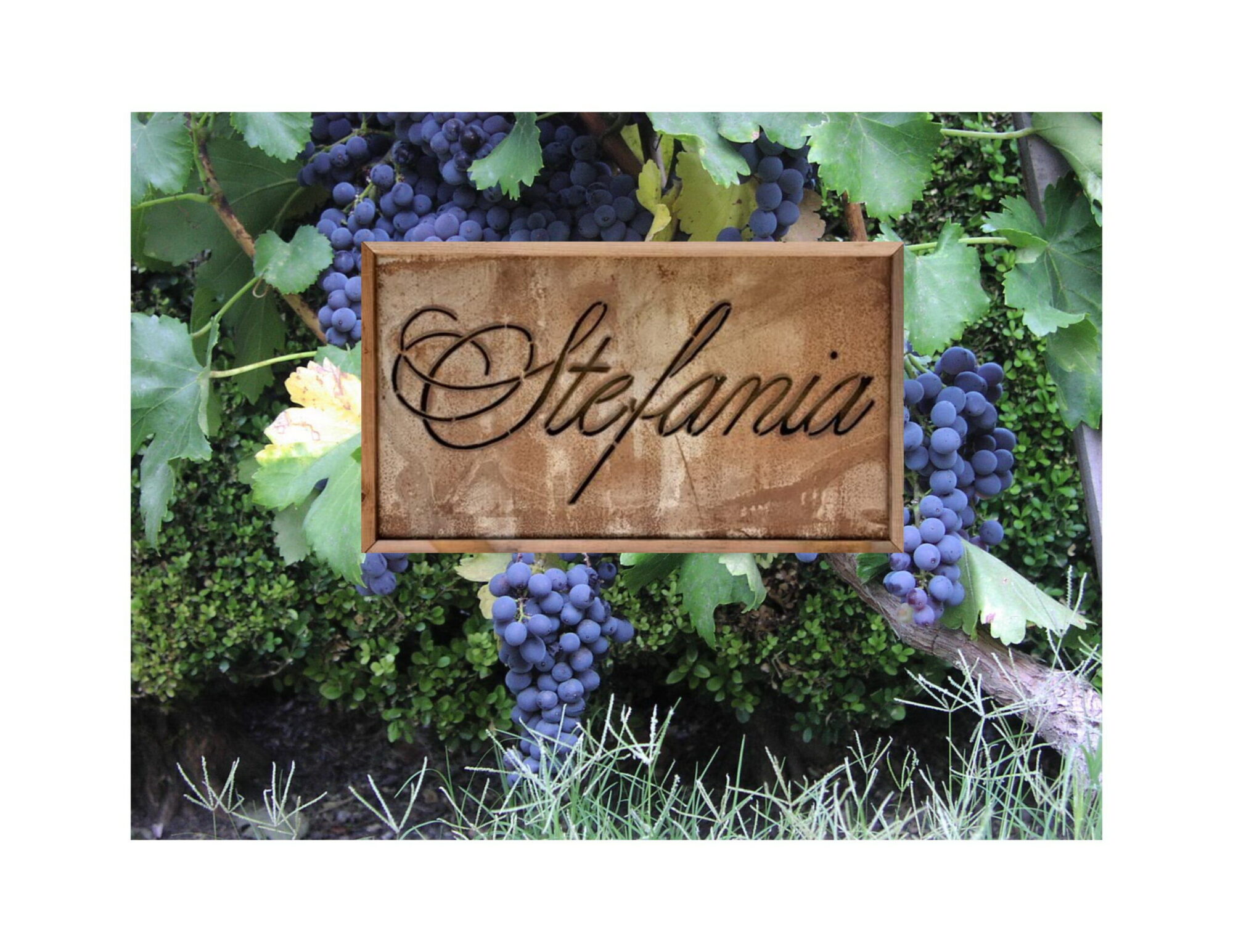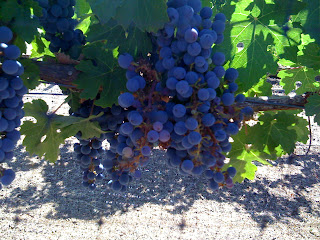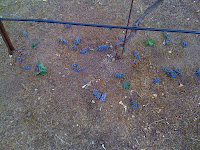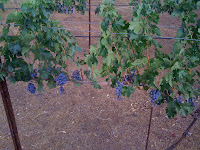I originally published this on the Wine Spectator Forum in a thread about hurricane Gustav:
I just wanted to indulge myself in a little story.
It was March of 2006. Seven months after Katrina. Stef and I were in a little bar on Bourbon Street. There were maybe 20 people there. Aid workers mostly and construction people.
A few locals, there really were not a lot of people who had returned yet. It was weird to hear the locals talk. The conversation was always the same.
Where did you go to?
When did you come back?
Where did your family go?
Do you know where they all are?
Have any of them come back?
This was friend talking to friend and neighbor. It was shocking really, in that it was so common.
“Do you know where your family is?” Seven months after the storm and it was a common question to ask people if they had found all their family.
The Times-Picayune still was filled with obits. Died 8/29/05. Pages of them, or “Died last week, never recovered”. That was common too.
Stef had brought me to New Orleans the first time in 2001 for my birthday. If you’ve seen Spike Lee’s movie, there is a scene where one French Quarter resident says he knew within 6 hours of arriving in the city the first time, he wanted to stay, and he’d been there 40 years.
Six hours after we arrived I stood at Bourbon and Esplanade and said “I want to come back here every year.” And we have, every year but 2005. We were married in Jackson Square in 2003.
That first trip back after the storm, we were the first real ‘tourists’ people had seen. Aid workers, volunteers, students, construction works, but no tourists. People cried when we told them we just came back because we loved the city. The waitress at Louisiana Bistro hugged us and broke down sobbing. Thank you we heard over and over again.
That night in the bar, the guitar player played a song. ‘Katrina Blues’. Lost families, blue tarps, FEMA, it hit every person in the room.
I’d heard the blues before then, but that was the first time I ever understood them.
In the middle of harvest this year, I’ll stop, turn things over to Millie and Jerry, and Stef and I will go back to New Orleans for a few days for my birthday. We’ll see old friends, and make new ones, and I’ll be thankful they’ve made it through another storm season, and hope every one’s family makes it home.








